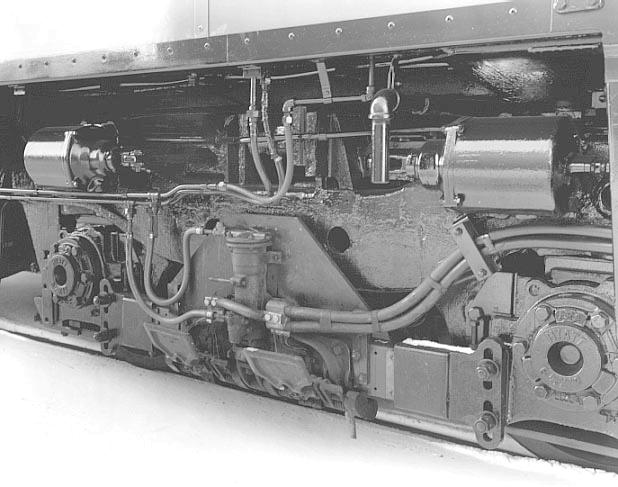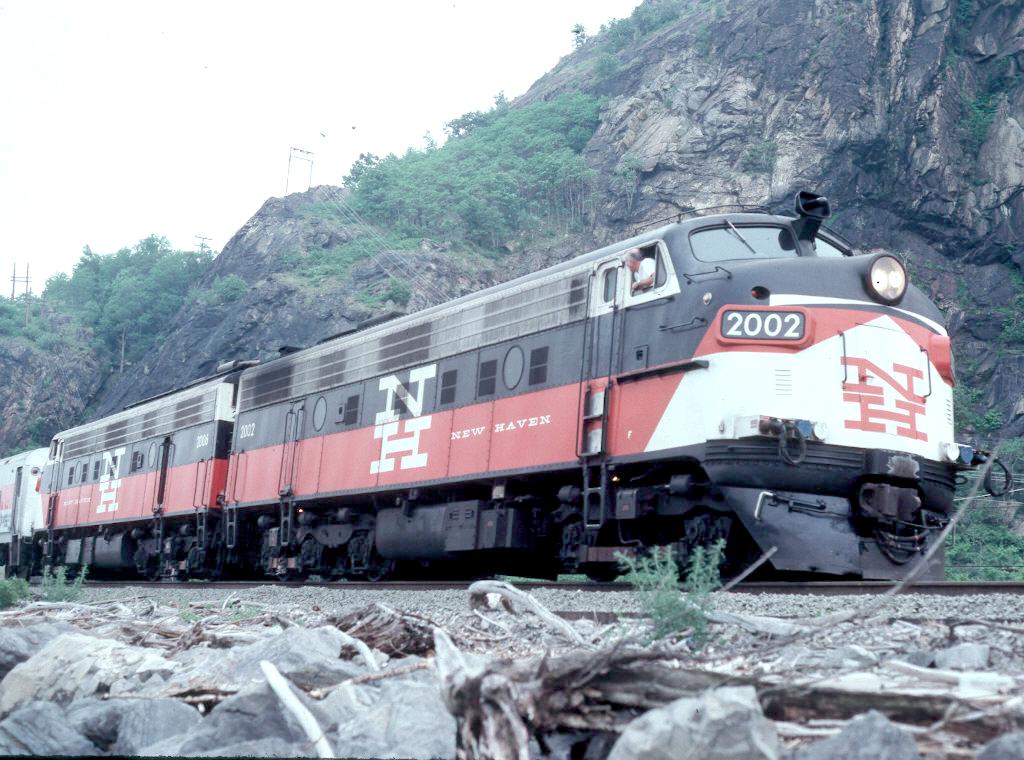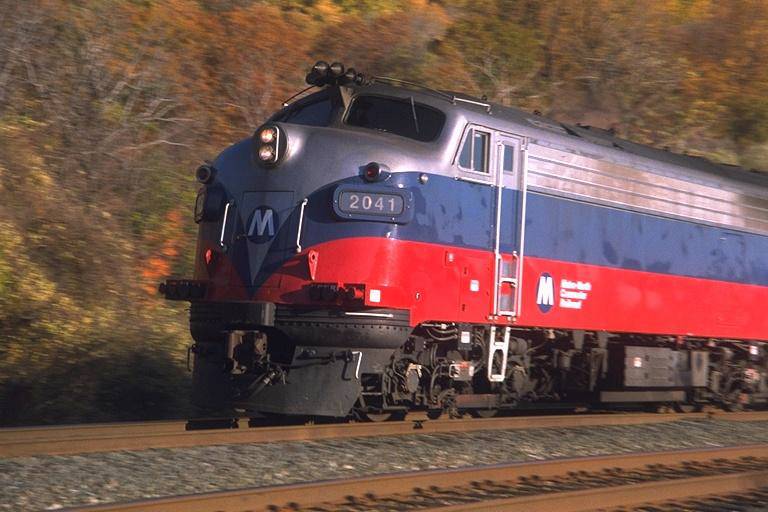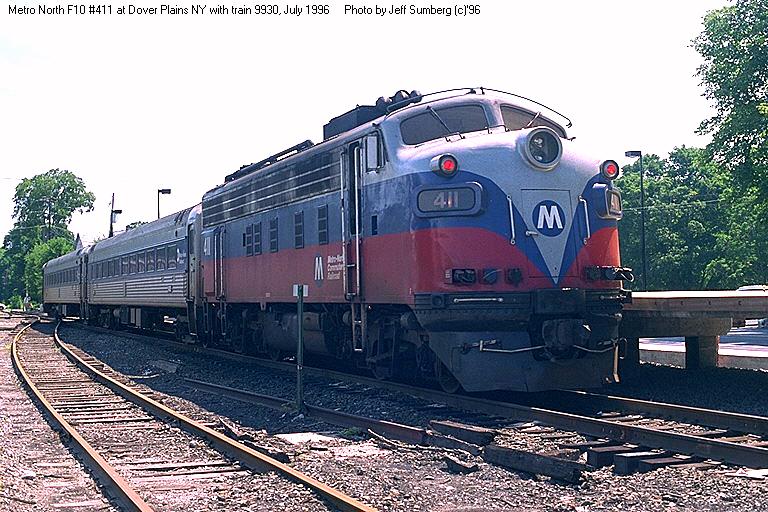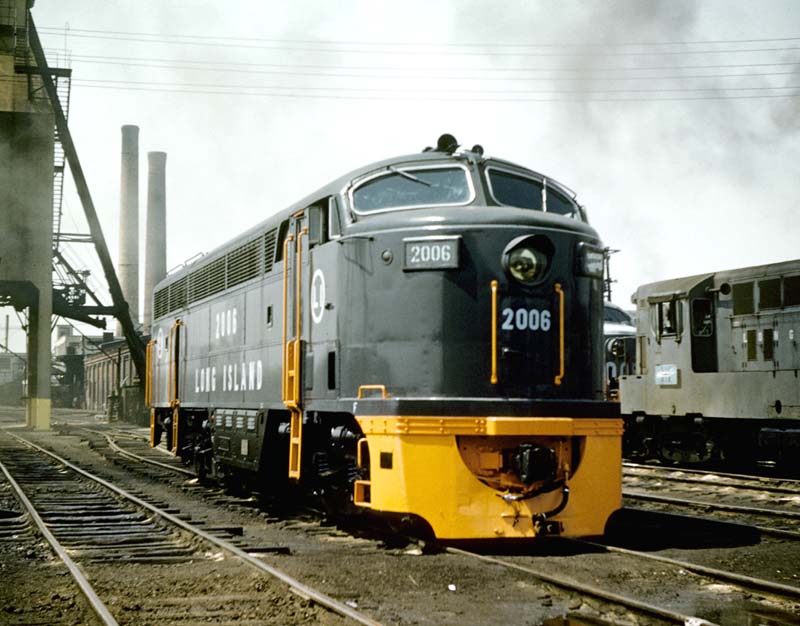

Some Diesel loks are called Diesel electric loks, while others are called Diesel hydraulic loks, and still others are just called Diesel loks. What is the difference? And what is the "swoop" sound you hear when a diesel starts?
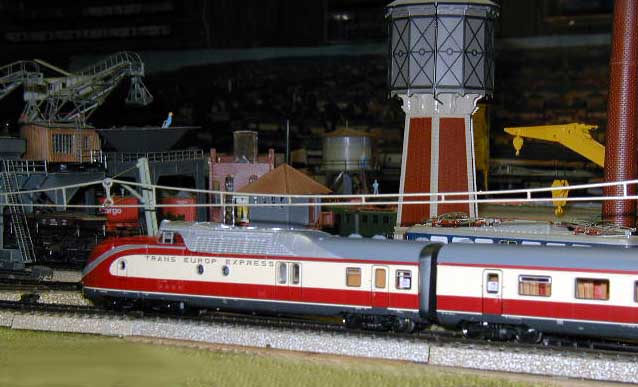
Any vehicle has at least three "motion" problems to
solve:
1) Energy storage
2) Energy conversion (generally to some sort of motion
in the prime mover)
3) Energy transmission
For example, in your car the fuel tank stores energy
(in the form of chemical energy in the fuel), the
internal combustion engine converts that energy to
rotary mechanical power at the flywheel, and the
transmission/final drive/wheels transmit that power to
the road.
In railway Diesel locomotives, the first two parts are
similar across almost all Diesel locos: energy storage
in the Diesel fuel tank and energy conversion in the
Diesel engine. From there, energy transmission varies:
a) Most Diesel locos worldwide use an electrical
transmission: the Diesel engine drives a generator
(nowadays specifically an alternator) and the
electrical power is conducted to traction motors in
the bogies. The locomotive actually moves due to
*electrical* drive. (Since this method of transmission
is so common, a Diesel-electric loco is mostly just
referred to as a Diesel loco.)
b) In Germany, most railway Diesel locos use a
hydraulic transmission, in which the Diesel prime
mover drives a hydraulic transmission (analogous to
your car's automatic trans, but quite different in
detail) which then drives the wheels by means of
shafts and a geared final drive.
BTW, Herr Rudolf Diesel prefers that you
capitalize his name...
Paul Berry.
Detroit MI (aka Motor City; aka Motown)
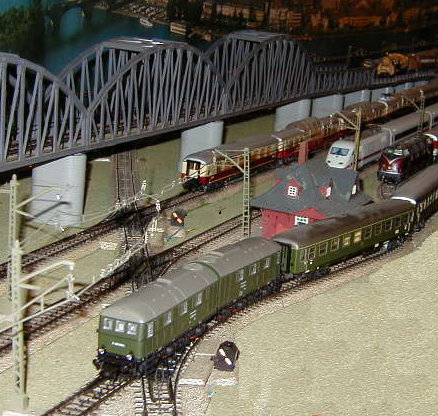
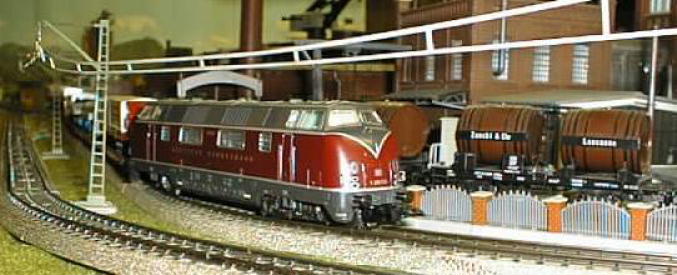
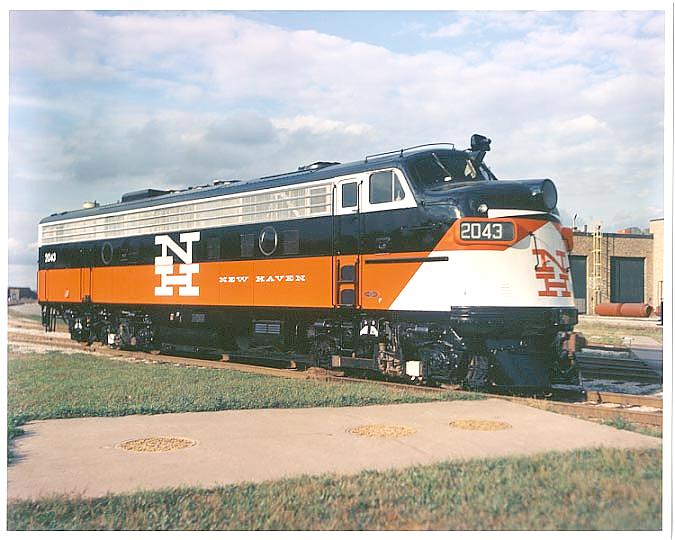
There is a third type of Diesel lok found primarily in the United States. It is an electric Diesel. Commuter lines into New York City were barred from using steam loks after a 1926 steam lok crash in a tunnel leading into Grand Central Station. The smoke in the tunnel obscured the view of the engineer (United States term for train driver) and the ensuing crash took the lives of 10 persons. As a result all lines into Grand Central and Pennsylvania Station were electrified with a third rail (an outer rail). Electrified tracks for railcar service extended north into Westchester, northeast into Conneticut, and east into Long Island but not to some outlying towns. Initially steam or diesel electric loks would pull the passenger cars to a terminus where they would change to an electric rail car powered by the third rail. Then came the advent of electric-Diesels. These were loks that were Diesel electric to the terminus station - North it was Croton Harmon and on Long Island it was Jamaica. At Croton Harmon ans at Jamaica the shoe (see picture below) would be lowered from the lok to make contact with the third rail. On the New Haven/Amtrak/ConRail FL9's it would be under the third rail (under-running) to avoid ice build-up but for the LIRR it was on top of the third rail (over-running). This sometimes caused problems with ice buiding up on the third rail. The lok would then become an electric lok. The most famous of these was the FL9. These loks were also used by the Long Island Railroad and Metro North. (See pictures below.)
Read about the last of the FL9s
